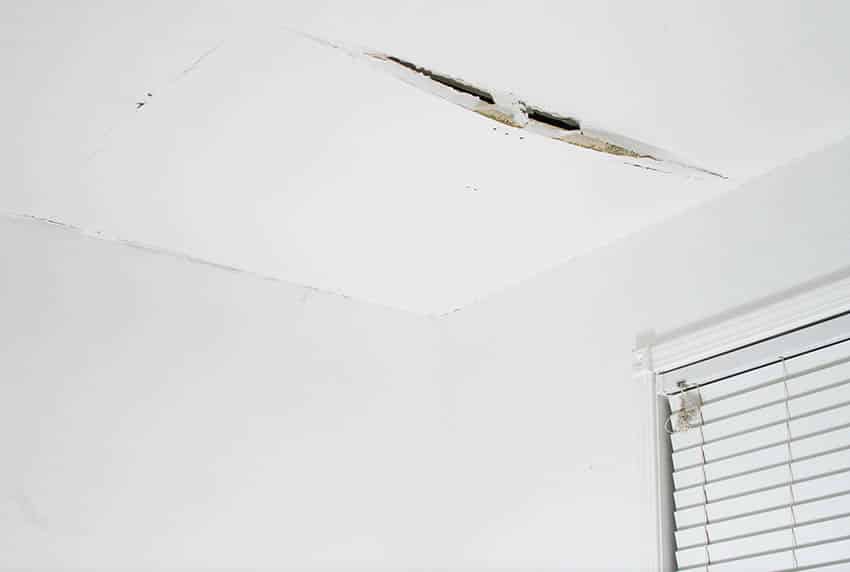Cracks in the ceiling of your house can be a cause for concern. Not only do they affect the aesthetic appeal of your home, but they can also indicate underlying issues that need attention. In this comprehensive guide, we will explore the various causes of cracks in the ceiling and provide you with effective solutions to address this common household problem.

Understanding the Types of Ceiling Cracks
Different Patterns, Different Causes
Ceiling cracks come in various forms, and understanding the type of crack can help in identifying their root causes.
1. Hairline Cracks:
- Hairline cracks are fine, thin cracks that are often superficial and may result from minor settling or normal wear and tear.
2. Stair-Step Cracks:
- These cracks resemble a staircase and can be indicative of more significant structural problems, such as foundation issues or settlement.
3. Spiderweb Cracks:
- Spiderweb cracks, which form a network of interconnected lines, can be caused by the natural aging of your home or fluctuations in temperature and humidity.
Common Causes of Ceiling Cracks
The Culprits Behind the Problem
Ceiling cracks can result from various factors, and identifying the root cause is the first step in addressing the issue effectively.
1. Settlement:
- One of the most common reasons for ceiling cracks is the natural settling of your home over time. This settling can cause minor cracks, often in the form of hairline cracks.
2. Water Damage:
- Water damage from leaks in the roof, plumbing, or condensation can weaken the structure and lead to ceiling cracks.
3. Structural Issues:
- More severe cracks, such as stair-step cracks, can be attributed to structural issues, such as foundation problems or insufficient support.
Addressing the Issue
Steps to Repair Ceiling Cracks
Once you’ve identified the cause of the ceiling cracks, it’s essential to take appropriate action to repair them.
1. Assess the Severity:
- Begin by assessing the severity of the cracks. Hairline cracks can often be repaired with simple cosmetic fixes, while more extensive structural issues require professional assistance.
2. Repair Hairline Cracks:
- For minor, hairline cracks, you can use a joint compound to fill in the gaps. Afterward, sand the area and repaint it to match the ceiling.
3. Address Water Damage:
- If water damage is the culprit, you must identify and fix the source of the moisture. Repair leaks in the roof or plumbing, and ensure proper ventilation to prevent condensation.
4. Seek Professional Help:
- For significant cracks, especially those indicating structural problems, it’s crucial to consult a structural engineer or contractor. They can assess the damage and recommend the necessary repairs.
Preventive Measures
Avoiding Future Ceiling Cracks
Prevention is the best solution when it comes to ceiling cracks. Here are some steps to protect your home from this issue:
1. Regular Maintenance:
- Regularly inspect your home for signs of wear and tear, water damage, or structural issues. Early detection can prevent minor cracks from turning into significant problems.
2. Keep Your Home Dry:
- Ensure your home is adequately protected against water damage by maintaining a sound roof, well-functioning plumbing, and proper insulation.
3. Consult a Professional:
- If you notice any unusual cracks, it’s advisable to consult a professional to assess the situation and provide guidance on preventive measures.
Conclusion:
Cracks in the ceiling of your house can be a source of stress for homeowners, but understanding the causes and addressing them promptly can help maintain the integrity and appearance of your home. Whether it’s a simple cosmetic repair for minor cracks or a more extensive structural solution, taking action is essential to keep your home in top condition. Regular maintenance and preventive measures can go a long way in ensuring your ceiling remains crack-free.